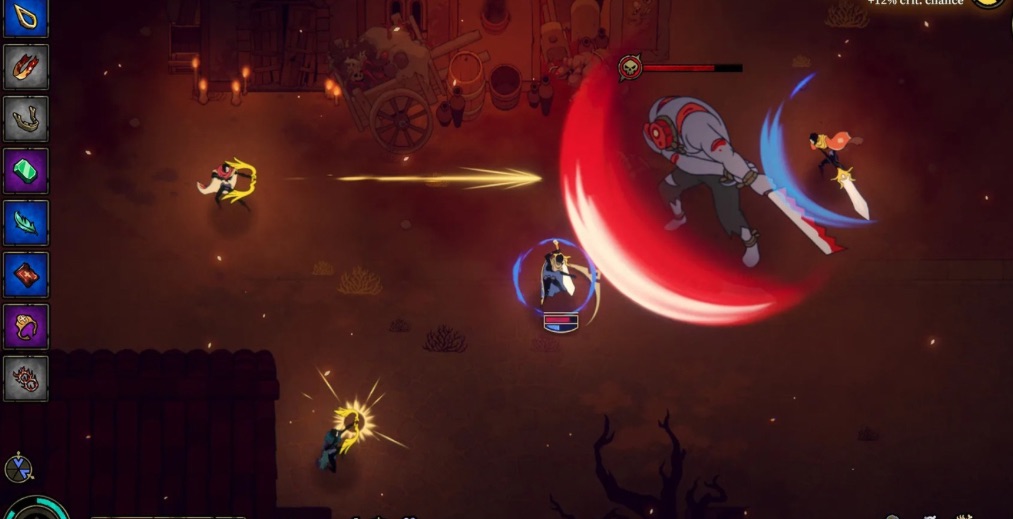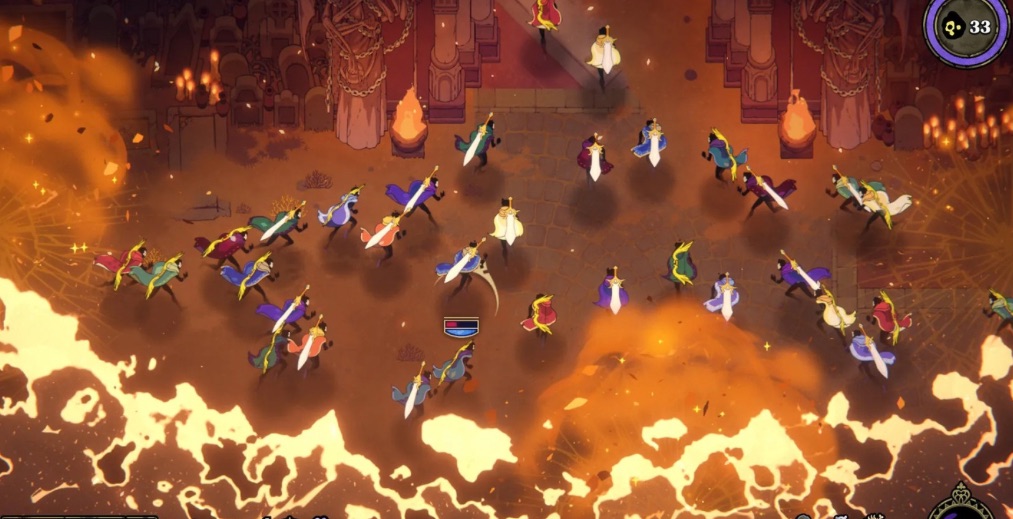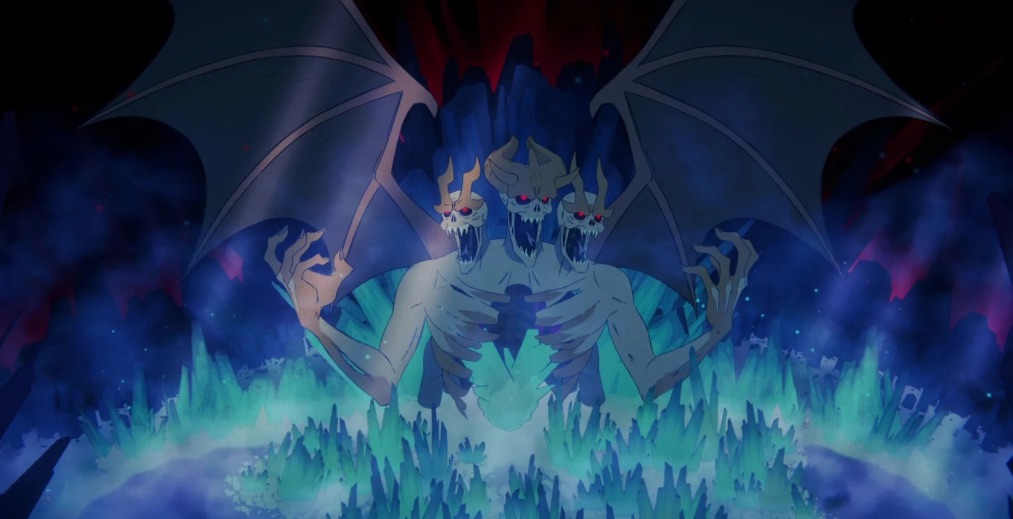Thunder Lotus Games‘ 33 Immortals is a sprawling roguelike that tasks thirty-three players to fight their way out of hell. It is a novel concept that is as filled with personality as it is heavily inspired by recent years saturated with other high-profile releases in the genre. With beautiful hand-drawn art, combat heavily inspired by Hades, and a story laden with references to Dante Alighieri’s Divine Comedy, it is a title that, at least in summary, I should deeply love. Unfortunately, its experience is marred by enough odd design decisions that I left my time with the game feeling it was just fine. Thankfully, it is only launching in early access and should have plenty of time to improve.
Before looking at where 33 Immortals stumbles, we need to look at its core. 33 Immortals groups thirty-three players together and dumps them all on a large map themed around Dante’s depiction of hell in his epic poem Inferno. Once in hell, players are responsible for grouping themselves together to kill enemies and complete bottled enemy encounters called Torture Chambers. Completing Torture Chambers rewards players with random relics that provide buffs like stat boosts or more minor ability modifiers.
Once twelve Torture Chambers are completed, players must complete a hectic Ascension Battle to unlock the run’s colossal final boss. The sheer scale of matches, both in the size of your foes and the number of players in any given match, make them playable spectacles that are intrinsically compelling. Things can grind to a slothful crawl if too many players die early in a run, leaving the survivors to grind through a disproportionate amount of content alone. But even those situations lead to a satisfying feeling of fighting against the odds and managing to come out on top.
Repetition gives way to a satisfying final boss fight.

Where 33 Immortals struggles in its core gameplay loop is in repetition. The Inferno map is split up into zones that house variations on its theming and enemy types that appear in the overworld map and the Torture Chambers that spawn within them. Each Torture Chamber is a large room with a few traps or gaps to account for. Players then have to fend off two waves of enemies with the second wave, which includes a mini-boss that is a large-scale version of a typical enemy. After completing a Torture Chamber, players receive one or two relics, which can be equipped for benefits like increased damage to certain enemy types or causing a small explosion when they dodge.
Since combat in 33 Immortals is almost always against hordes of enemies, and only a handful appear in Inferno at this point, it quickly starts to feel repetitive, especially since they appear again as mini-bosses. The problem would be alleviated at least slightly if the enemies interestingly interacted with one another or pushed players to adapt their playstyle when facing off against groups of them, but it always just feels like more bodies to dodge away from. So combat encounters, especially the Ascension Battles, feel like cluttered mosh pits.
This pattern is broken by the final boss fight, which there is only one of so far: Lucifer. The scale is massive, with a horde of players all navigating mechanics and avoiding attacks like a classic MMO raid. Killing the boss rewards a key used to do a run in the second area, Purgatorio. But even if players don’t kill the boss, they can be rewarded with resources by lowering its health to certain checkpoints, which is very satisfying.
Not every element is as strong as the weapons in 33 Immortals.

Those resources and others built up during a run are then spent on upgrades to power you up on further runs. These fall into two categories: perks and weapons. Before upgrading a perk, you must find it during a run. They grant buffs like increasing your health or making you deal more damage while you’re at full health. They don’t provide large enough changes to define your playstyle but offer a satisfying sense of progression across runs.
There are currently four weapons that players can equip and upgrade as they play. Each has a small selection of attacks, a certain playstyle, and a co-op move that requires nearby players to stand on glyphs to activate it after a player puts it down. There is a two-handed sword capable of blocking damage, a bow that can recall arrows to damage enemies on their way back to the player, dual-wielded daggers capable of jumping around the map, and a staff that lobs balls of energy that slow enemies down that they hit.
They all play very well, although the co-op abilities are a bit of a struggle to use well and are all underwhelming when they do work. Each weapon offers a completely different approach to combat, which is great. There are even pedestals in the game that look like they could hold weapons added in the future.
Those pedestals are a prime example of where 33 Immortals is at as it launches in early access. The weapons already in the game are solid, although not all of their systems work as well as they could. But thanks to early access, there is potential for the future. Possible updates that can expand what is already there and improve some of the game’s weaker aspects. Hopefully, it can leverage its position and early strengths to ascend to a special place within the genre.
33 Immortals is available now on PC and Xbox Series X/S.








